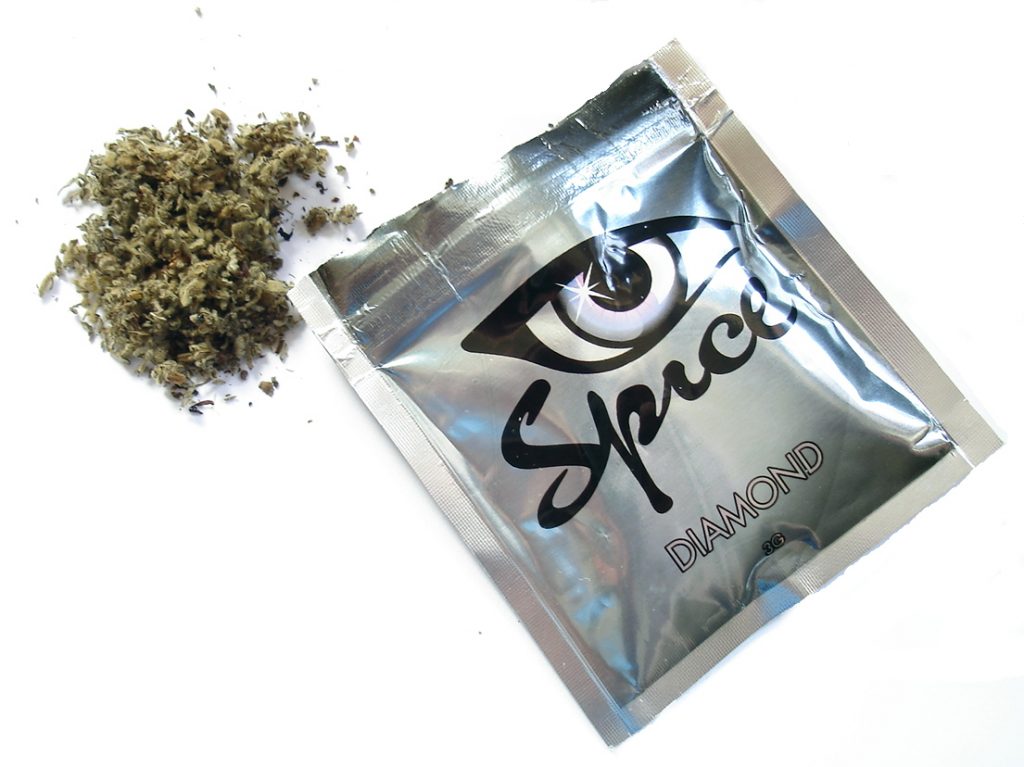RIO DE JANEIRO, BRAZIL – “TopCat”, “N-Bomb”, “Smile”, “K2”, and “Quad” — Ecstasy and generic acid, synthetic marijuana, artificial heroin and a myriad of stimulants and hallucinogens that most people have never heard of: in recent years, the life of synthetic drug users in Brazil (and in the world) has become a more dangerous Russian roulette than usual.

With the multiplication of backyard laboratories throughout the country and the discovery of psychotropic substances at a faster rate than the authorities’ ability to identify and ban them, today it is difficult to know what is going on with the drug contained in that funny shaped colored pill.
From 2014 to the end of 2018, the Federal, Civil and State Police identified and seized 209 new psychoactive drugs during traffickers‘ attempts to bring them into Brazil or already in circulation on the streets in major cities.
New psychoactive drugs are substances and chemical compounds that have never before been identified and seized and are used as recreational drugs.
These are generic or synthetic substitutes for known drugs, as well as compounds that mimic the effects of ecstasy, methamphetamine, marijuana, and LSD, for instance, including new drugs that are sold on the streets with complex names like 25E-NBOH or tradenames like Spice, Smiles, N-Bomb, and others.
“Most of these new drugs that we have seen and seized are homemade substances, produced in these terms and of very low quality. It’s a real Russian roulette for users,” says Detective Inspector Rogério Henrique Rezende, head of the CORD (Coordination of Repression of Drugs) of the Federal District’s Civil Police.
Less known and studied than traditional drugs, new drugs or “generic” drugs have unknown adverse effects on the body, increasing the risk to users’ health. There are no control standards or references.

According to the officer, with low investment, something between R$30,000 and R$100,000, a homemade drug laboratory can be set up. “Another advantage of producing synthetics for criminals is that the structure is easy to set up and dismantle. They are constantly relocating and hindering the work of the police.”
CORD has seized twice the amount of synthetic drugs as it did in the same period last year. By July, six backyard labs have been closed in the Federal District alone.
The number of new drugs in Brazil in recent years is so vast that ANVISA’s (National Health Surveillance Agency) list of prohibited and controlled substances, which includes all illegal drugs, has been updated ten times with 37 new substances in total, between 2017 and 2018 alone.
Before being listed, these seizures, whether carried out in laboratories, drug selling points, nightclubs, or when entering Brazil, fall into legal limbo.
It is a daunting task. It is believed that a new drug emerges in the world every week, according to the UN. The European Union has identified 560 new drugs from 2010 to 2017.

